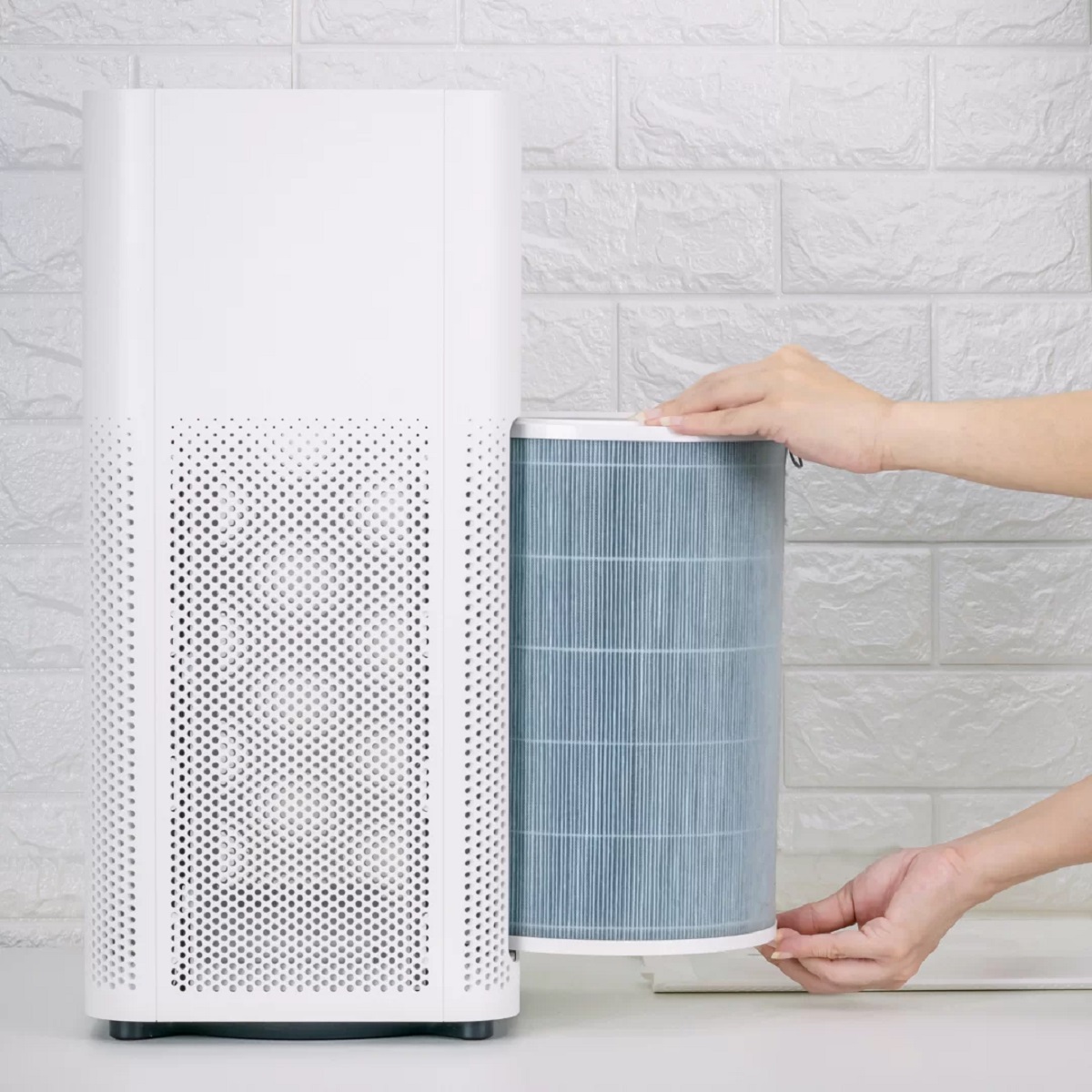

Articles
How Often Do You Change Air Purifier Filters
Modified: October 28, 2024
Discover how often you should change air purifier filters with our informative articles. Keep your indoor air quality at its best.
(Many of the links in this article redirect to a specific reviewed product. Your purchase of these products through affiliate links helps to generate commission for Storables.com, at no extra cost. Learn more)
Introduction
An air purifier is a valuable appliance that can improve the air quality in your home or office by removing pollutants, allergens, and other harmful particles from the air. It can provide a range of health benefits, especially for those who suffer from respiratory issues or allergies. However, to ensure optimal performance, it is essential to regularly change the air purifier filters.
In this article, we will explore the importance of changing air purifier filters, how often they should be replaced, and signs that indicate when a filter change is necessary.
By understanding the significance of maintaining clean filters in your air purifier, you can ensure that you are breathing in fresh, clean air and maximize the longevity of your appliance.
Key Takeaways:
- Regularly changing air purifier filters is crucial for maintaining optimal air quality, promoting better health, and extending the lifespan of the appliance. It ensures clean, fresh air and a healthier living environment.
- Factors such as filter type, air pollution levels, and indoor air quality should be considered when determining how often to change air purifier filters. Pay attention to signs like reduced airflow and increased allergy symptoms for timely filter replacements.
Benefits of Using an Air Purifier
Using an air purifier has numerous benefits for both your health and the overall comfort of your living space. Let’s take a look at some of the key advantages:
- Improved Air Quality: One of the primary advantages of using an air purifier is that it helps to remove pollutants and contaminants from the air. This includes dust, pet dander, pollen, smoke particles, and even volatile organic compounds (VOCs) emitted by household products. By filtering out these pollutants, the air purifier promotes cleaner and healthier air in your environment.
- Allergy and Asthma Relief: Air purifiers can be particularly beneficial for individuals who suffer from allergies or asthma. They effectively capture and trap allergens such as dust mites, mold spores, and pollen, reducing the likelihood of triggering an allergic reaction or asthma symptoms. This can result in better respiratory function, less congestion, and improved overall well-being.
- Odor Elimination: Air purifiers equipped with activated carbon filters can help eliminate unpleasant odors and freshen up your space. They efficiently absorb odors from cooking, pets, tobacco smoke, and other sources, leaving behind a cleaner and more pleasant-smelling environment.
- Better Sleep: Breathing in clean air while you sleep can significantly improve the quality of your sleep. By removing airborne irritants that can disrupt sleep and cause discomfort, such as dust particles or allergens, an air purifier creates a more restful and conducive sleeping environment. This can result in a more rejuvenating sleep and increased energy levels during the day.
- Protection from Airborne Germs: Air purifiers with germicidal filters or ultraviolet (UV) light can help eliminate airborne viruses, bacteria, and other pathogens. This is especially important during cold and flu seasons or in environments where there is a higher risk of exposure to contagious diseases. By reducing the presence of these harmful microorganisms, air purifiers can help prevent the spread of illnesses and promote a healthier living space.
Overall, using an air purifier can provide numerous benefits for your health and well-being, making it a worthwhile investment for maintaining a cleaner and healthier indoor environment.
Importance of Regularly Changing Air Purifier Filters
Regularly changing the filters in your air purifier is vital for maintaining its effectiveness and ensuring that it continues to provide clean and purified air. Here are the key reasons why regularly changing air purifier filters is important:
- Optimal Air Purification: Over time, the filters in your air purifier become clogged with the particles and pollutants they capture from the air. When the filters are clogged, they start to hinder the airflow and reduce the efficiency of the air purifier. By regularly changing the filters, you allow the purifier to function at its best, ensuring maximum air purification and filtering effectiveness.
- Extended Lifespan of the Air Purifier: When the filters are clogged and the air purifier has to work harder to push air through them, it can put strain on the motor and other internal components. This can lead to increased wear and tear and potentially shorten the lifespan of the air purifier. Regularly changing the filters helps to reduce stress on the system and prolong its overall lifespan.
- Preventing Mold and Bacteria Growth: Over time, moisture and organic matter can accumulate on the filters. This creates a favorable environment for mold and bacteria growth. When the air passes through the contaminated filters, it can spread these harmful microorganisms throughout the room, leading to health issues and unpleasant odors. By changing the filters regularly, you minimize the risk of mold and bacteria growth, ensuring clean and fresh air.
- Healthier Living Environment: Dirty and clogged filters cannot effectively remove pollutants, allergens, and other particles from the air. This can lead to poor air quality and increased respiratory problems, especially for individuals with allergies or asthma. Regularly changing the filters ensures that your air purifier is continually providing clean and purified air, creating a healthier living environment and reducing the risk of respiratory issues.
- Energy Efficiency: When the filters are dirty, the air purifier has to work harder to maintain proper airflow and filtration. This increases its energy consumption and leads to higher electricity bills. By regularly changing the filters, you can optimize the energy efficiency of your air purifier, saving money in the long run.
By understanding the importance of regularly changing air purifier filters, you can ensure that your air purifier operates at its best, providing you with clean and purified air and maintaining a healthier living environment.
Factors to Consider When Determining How Often to Change Air Purifier Filters
The frequency at which you should change your air purifier filters can vary depending on several factors. It’s important to take these factors into consideration to ensure that you change the filters at the appropriate intervals. Here are some key factors to keep in mind:
- Type of Filter: The type of filter in your air purifier plays a role in determining how often it should be changed. Generally, there are three common types of filters: pre-filters, HEPA filters, and activated carbon filters. Pre-filters primarily capture larger particles like dust and hair and may need to be changed more frequently. HEPA filters are designed to capture smaller particles and typically have longer lifespans. Activated carbon filters are effective at removing odors and chemicals, but may require more frequent replacement.
- Level of Air Pollution: The level of air pollution in your environment affects the lifespan of your filters. If you live in an area with high levels of pollution, such as near busy roadways or industrial areas, the filters may get clogged faster and would require more frequent replacement. Similarly, if you have pets or smokers in the house, the filters may need to be changed more often due to the increased presence of pet dander and smoke particles.
- Indoor Air Quality: Regularly monitoring the indoor air quality can give you a good indication of when to change the filters. You can use air quality monitors or even observe changes in your environment, such as increased dust on surfaces or noticeable odors. If you notice a decline in air quality or experience increased allergies or respiratory symptoms, it may be time to change the filters.
- Manufacturer’s Recommendations: It’s important to follow the manufacturer’s recommendations regarding filter replacement. The user manual or the manufacturer’s website will provide guidelines specific to your air purifier model. They may recommend changing the filters every few months or based on the number of hours the air purifier has been in use. Adhering to these recommendations ensures optimal performance and longevity of your air purifier.
- Individual Needs and Preferences: Lastly, consider your individual needs and preferences when determining how often to change the filters. If you have severe allergies or respiratory conditions, you may want to change the filters more frequently to maintain the best air quality possible. Similarly, if you prefer to have the cleanest air at all times, you might choose to change the filters more often, even if the manufacturer’s recommendations suggest a longer interval.
By considering these factors, you can establish a regular maintenance schedule for your air purifier filters that aligns with your specific needs and ensures that you are breathing in clean and purified air.
It is recommended to change air purifier filters every 3-6 months, or as specified by the manufacturer. Regular filter changes ensure optimal performance and clean air.
Common Signs That Indicate a Need for Filter Change
Recognizing the signs that indicate a need for air purifier filter change is essential for maintaining optimal air quality in your space. Here are some common signs that indicate it’s time to replace your air purifier filters:
- Reduced Airflow: If you notice a decrease in the airflow coming from your air purifier, it may be a sign that the filters are clogged and obstructing proper airflow. Reduced airflow can indicate that the filters have reached their capacity and need to be replaced to ensure effective air purification.
- More Dust and Allergens in the Environment: An increase in dust accumulation on surfaces or a rise in allergy symptoms can indicate that the filters are no longer effectively capturing and trapping particles. This could suggest that the filters are dirty or saturated and need to be changed to maintain clean air and reduce allergens in your environment.
- Unpleasant Odors: If you start to notice unpleasant odors lingering in your space, it could be an indication that the activated carbon filter or other odor-absorbing filters in your air purifier are saturated. When the filters are no longer able to absorb odors, they can release unpleasant smells back into the air. Changing the filters can help eliminate these odors and keep your space fresh and odor-free.
- Increased Symptoms of Allergies or Asthma: If you or your family members experience a sudden increase in allergy or asthma symptoms, it may be a sign that the filters are no longer effectively removing allergens and irritants from the air. This can result in heightened sensitivity and worsened respiratory conditions. Changing the filters can help alleviate these symptoms and improve overall air quality.
- Visible Mold Growth: If you notice visible mold growth on your air purifier filters, it is crucial to replace them immediately. Mold spores can spread through the air and pose a risk to your health, especially for individuals with allergies or respiratory conditions. Changing the filters and addressing the mold issue is essential for maintaining a healthy living environment.
It’s important to note that these signs may vary depending on the specific air purifier model and the type of filters used. Refer to the manufacturer’s recommendations and guidelines for your air purifier to ensure timely filter changes and optimal air purification.
By paying attention to these signs, you can determine when it’s time to change the filters in your air purifier, ensuring that you continue to enjoy clean, fresh, and allergen-free air in your space.
Steps to Follow When Changing Air Purifier Filters
Changing the filters in your air purifier is a relatively straightforward process. Here are the general steps to follow when replacing your air purifier filters:
- Read the Instruction Manual: Before beginning, it’s always important to read the instruction manual provided by the manufacturer. This will provide specific guidance on how to access and replace the filters in your particular air purifier model.
- Turn Off the Air Purifier: Start by turning off and unplugging the air purifier from the power source. Ensuring that the unit is completely powered down reduces the risk of accidental injury during the filter replacement process.
- Locate the Filter Compartment: Open the air purifier’s housing to access the filter compartment. This may involve removing a cover or panel, sliding out a drawer, or twisting a latch, depending on the design of your air purifier.
- Remove the Old Filters: Carefully remove the old filters from the unit. Some air purifiers have multiple filters, such as a pre-filter, HEPA filter, or activated carbon filter. Take note of their placement and orientation to ensure correct installation of the new filters.
- Dispose of the Old Filters: Dispose of the old filters according to local regulations and guidelines. Some filters may be recyclable, while others may need to be discarded in regular trash. Check with your local waste management authorities for proper disposal methods.
- Insert the New Filters: Unpack the new filters from their packaging and insert them into the air purifier in the correct order and orientation as indicated by the manufacturer’s instructions. Ensure a snug fit to avoid air bypassing the filters.
- Close and Secure the Filter Compartment: Once the new filters are in place, securely close the filter compartment, making sure it is properly sealed. This will ensure that all air passes through the filters and gets effectively purified.
- Plug in and Power On the Air Purifier: Plug the air purifier back into the power source and turn it on. Allow the unit to run and circulate the air for a few minutes to ensure that the new filters are working properly.
- Set a Reminder for Future Filter Changes: To stay on top of regular filter changes, set a reminder based on the manufacturer’s recommendations or your specific needs. This will ensure that you maintain clean and purified air by replacing the filters at the appropriate intervals.
Remember to follow the specific instructions provided by the manufacturer for your air purifier model. This will guarantee proper installation and optimum performance of the new filters.
By following these steps, you can easily and effectively change the filters in your air purifier, allowing it to continue providing clean and fresh air for you and your loved ones.
Conclusion
Regularly changing the filters in your air purifier is crucial for maintaining optimal air quality and ensuring that you are breathing in clean, fresh air. By understanding the benefits of using an air purifier and the importance of filter maintenance, you can create a healthier living environment for yourself and your loved ones.
An air purifier not only removes pollutants, allergens, and odors from the air, but it also provides relief for asthma and allergy sufferers, improves sleep quality, and promotes overall well-being. However, to enjoy these benefits to the fullest, it is essential to regularly change the filters.
Factors such as the type of filter, level of air pollution, indoor air quality, and manufacturer’s recommendations should be taken into account when determining how often to change air purifier filters. Additionally, paying attention to common signs such as reduced airflow, increased allergy symptoms, and unpleasant odors can indicate that a filter change is needed.
When it comes time to change the filters, follow the manufacturer’s instructions, turn off the air purifier, locate the filter compartment, remove the old filters, insert the new ones, and securely close the compartment. Then, plug in and power on the air purifier, and set a reminder for future filter changes to maintain optimal performance.
By regularly replacing the filters in your air purifier, you can ensure that it operates efficiently, extends its lifespan, and provides you with clean and purified air. This not only contributes to better health but also creates a more pleasant and comfortable living environment.
Remember, the quality of the air we breathe has a significant impact on our overall well-being. With a well-maintained air purifier and regularly changed filters, we can breathe easier and enjoy the many benefits of clean air.
Frequently Asked Questions about How Often Do You Change Air Purifier Filters
Was this page helpful?
At Storables.com, we guarantee accurate and reliable information. Our content, validated by Expert Board Contributors, is crafted following stringent Editorial Policies. We're committed to providing you with well-researched, expert-backed insights for all your informational needs.
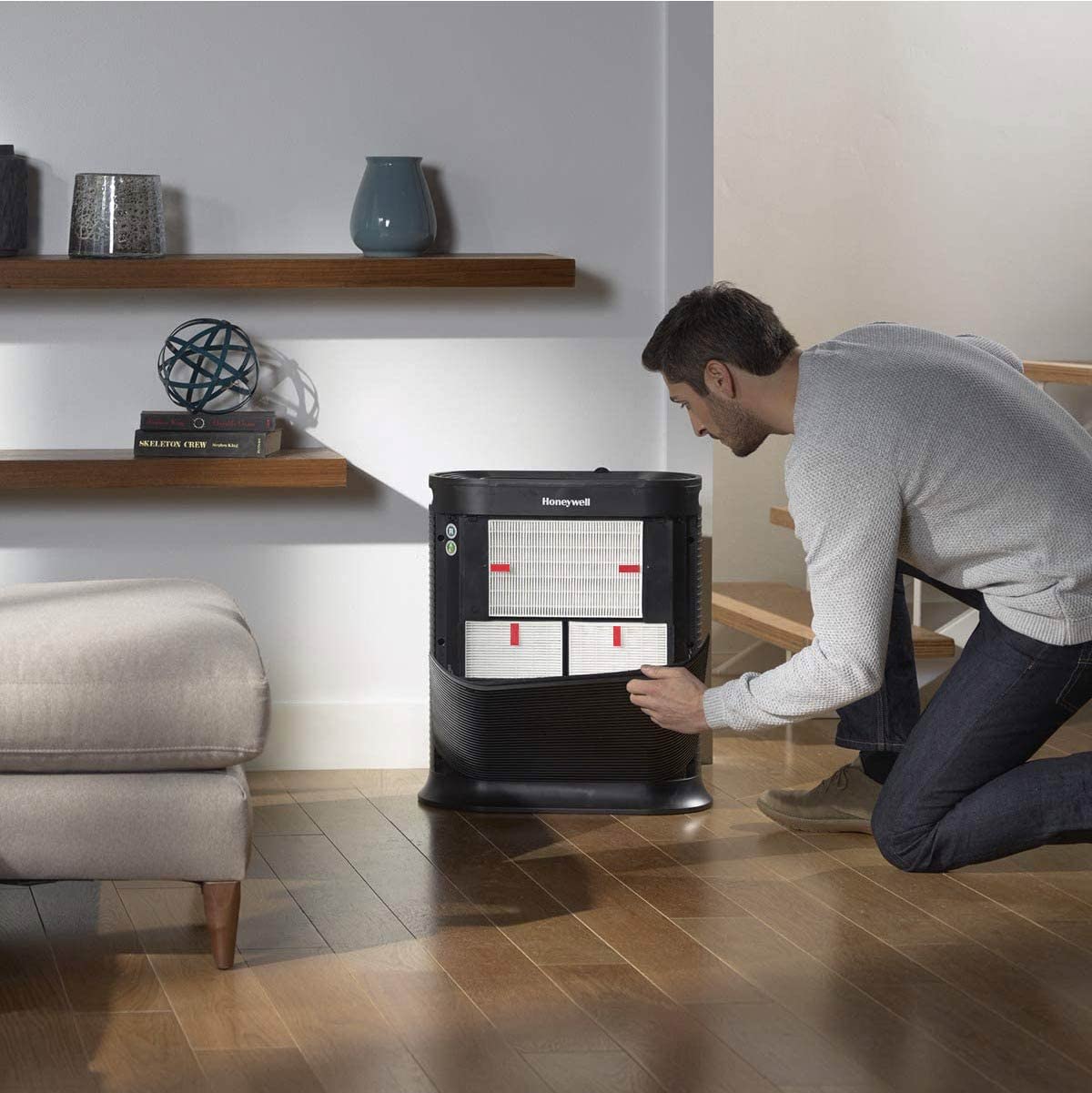
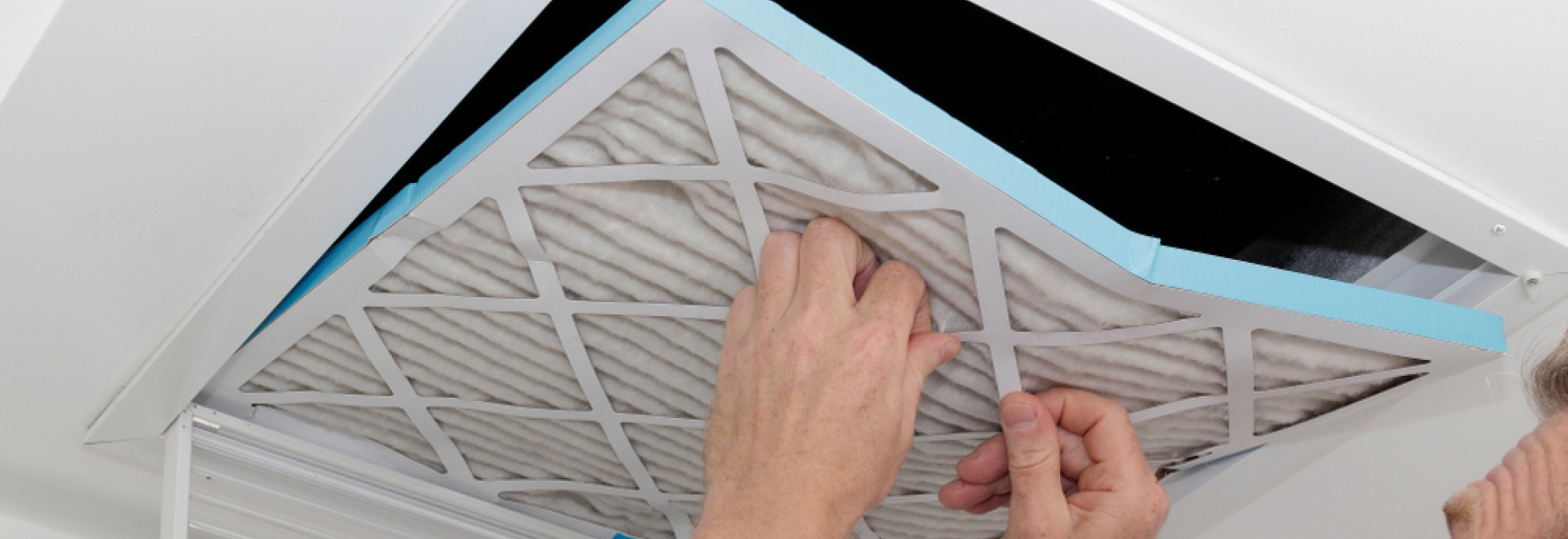
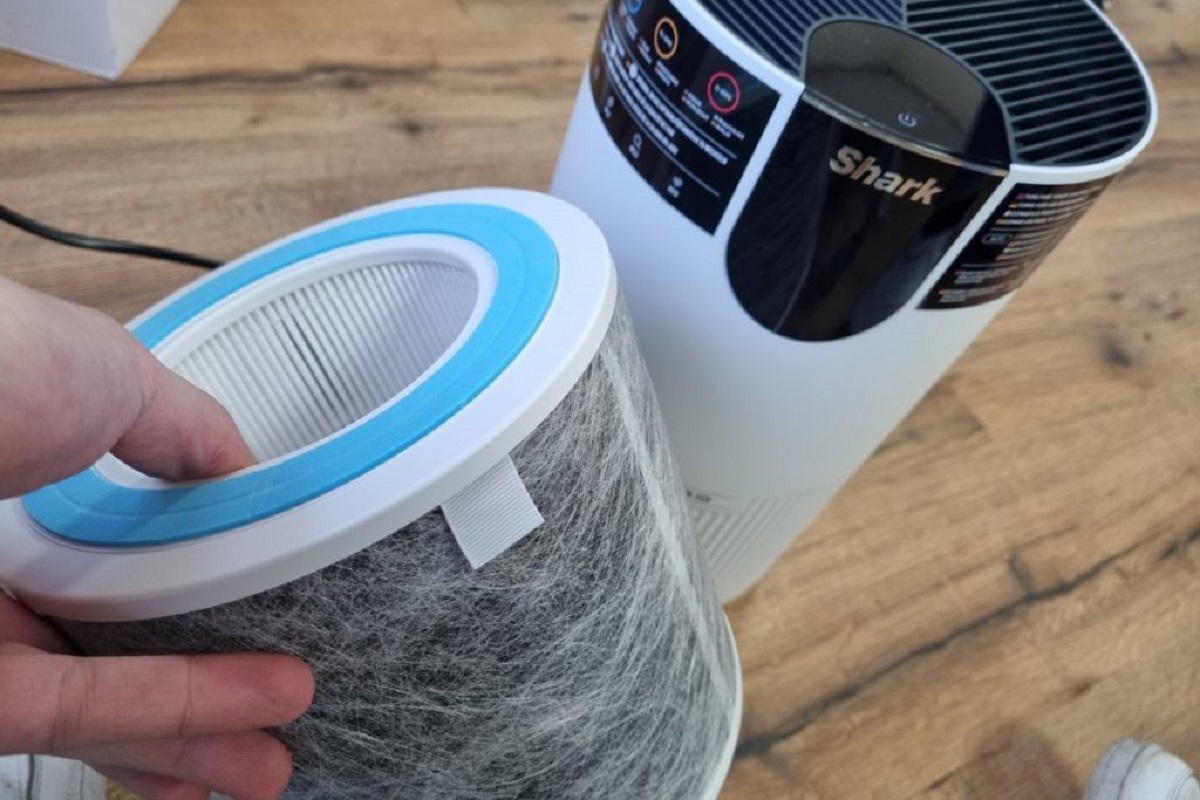
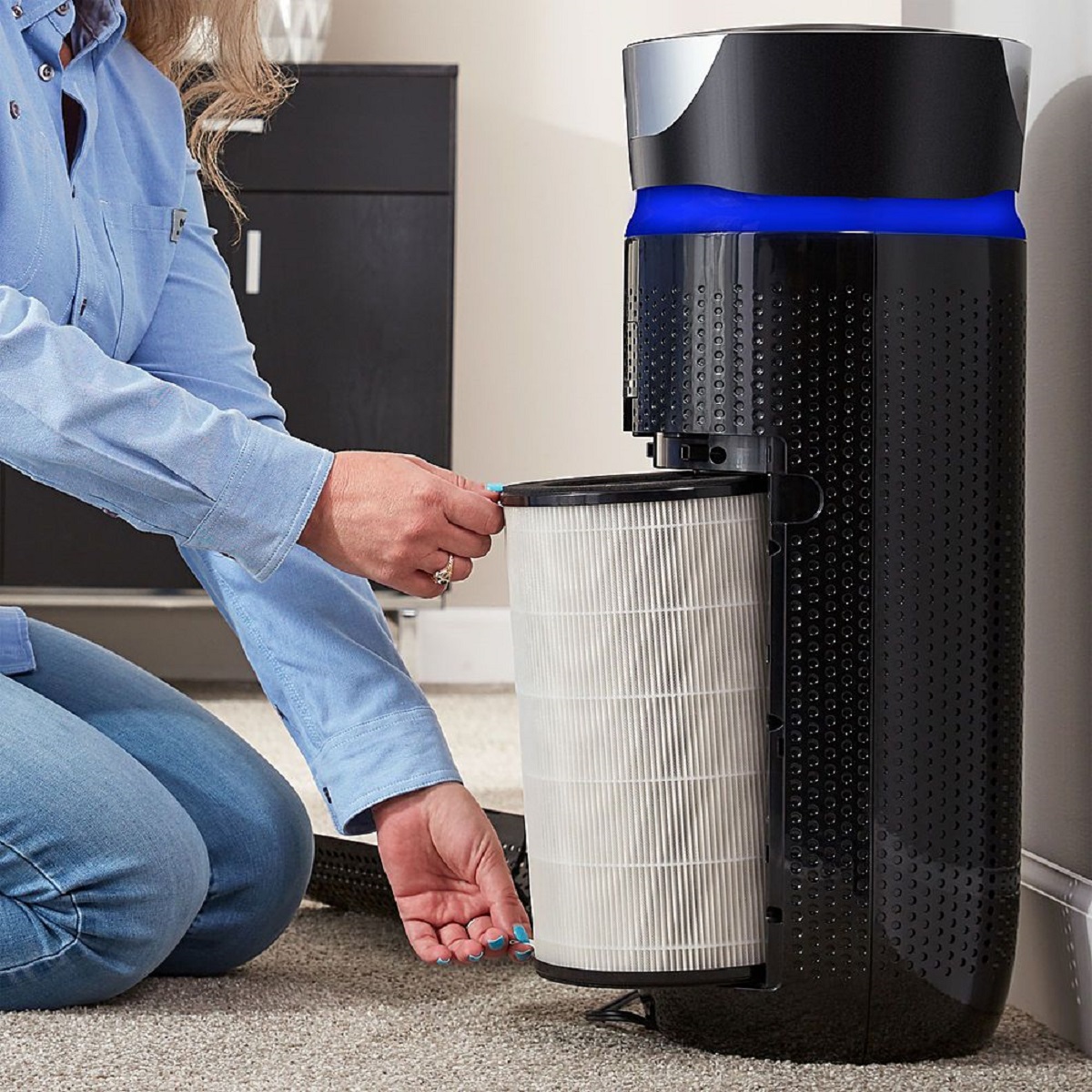
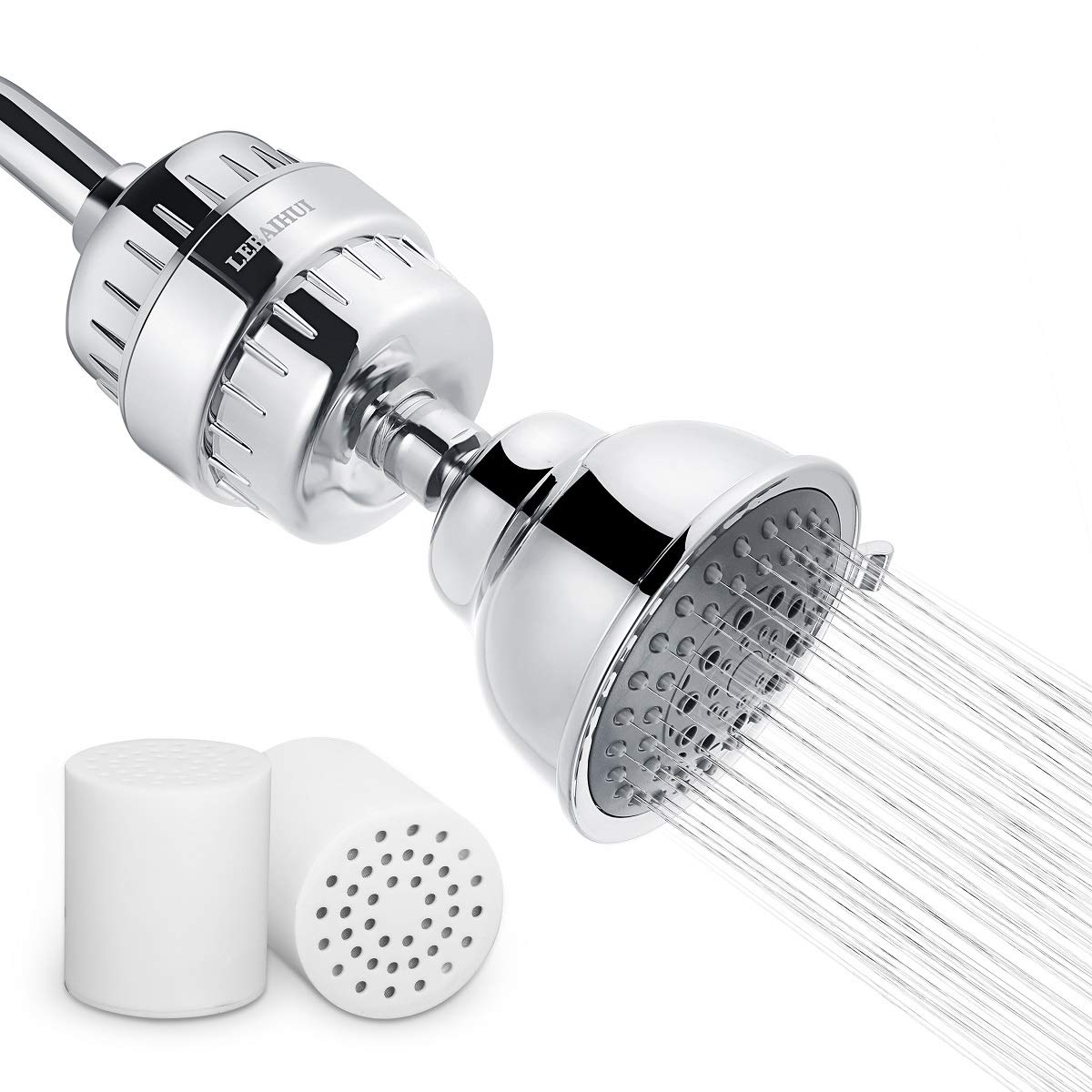
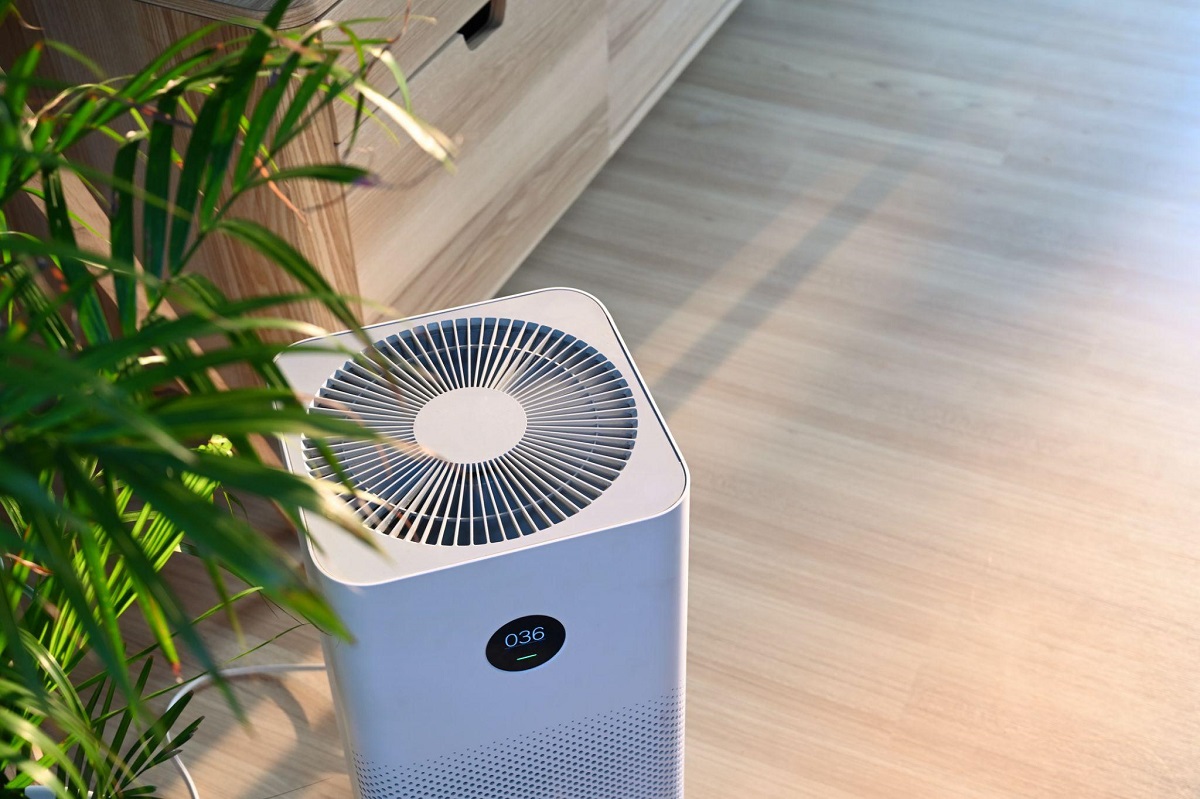
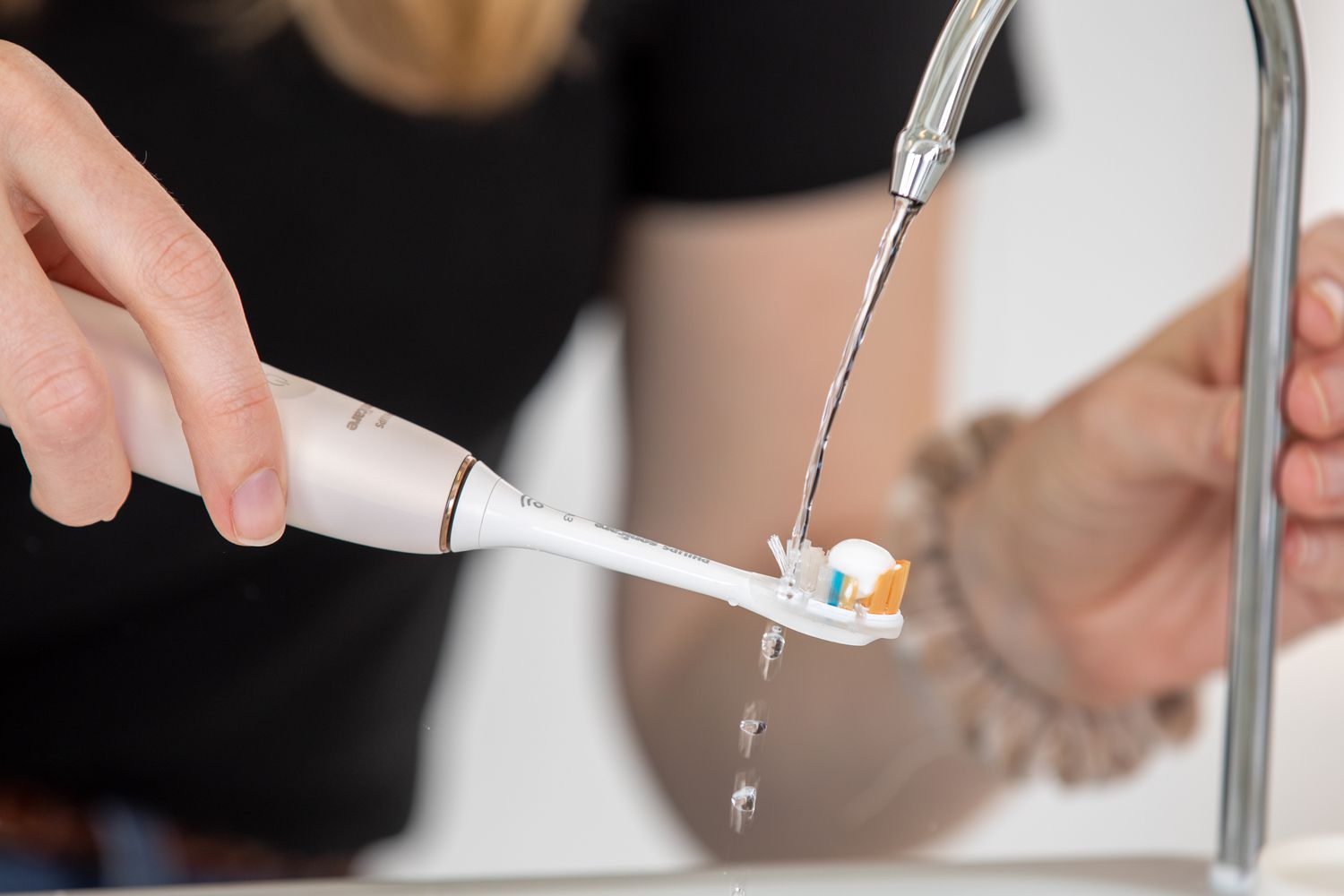
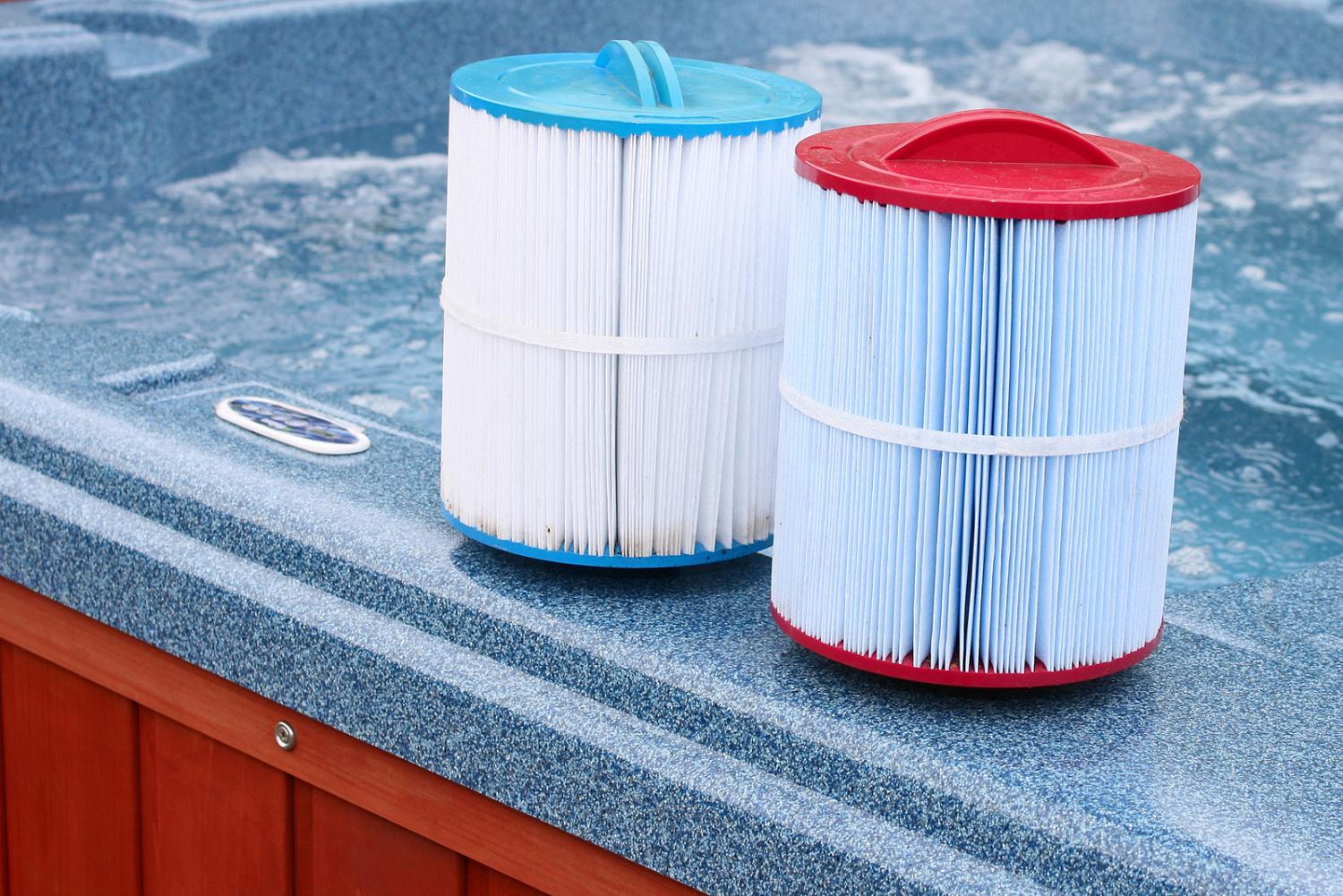
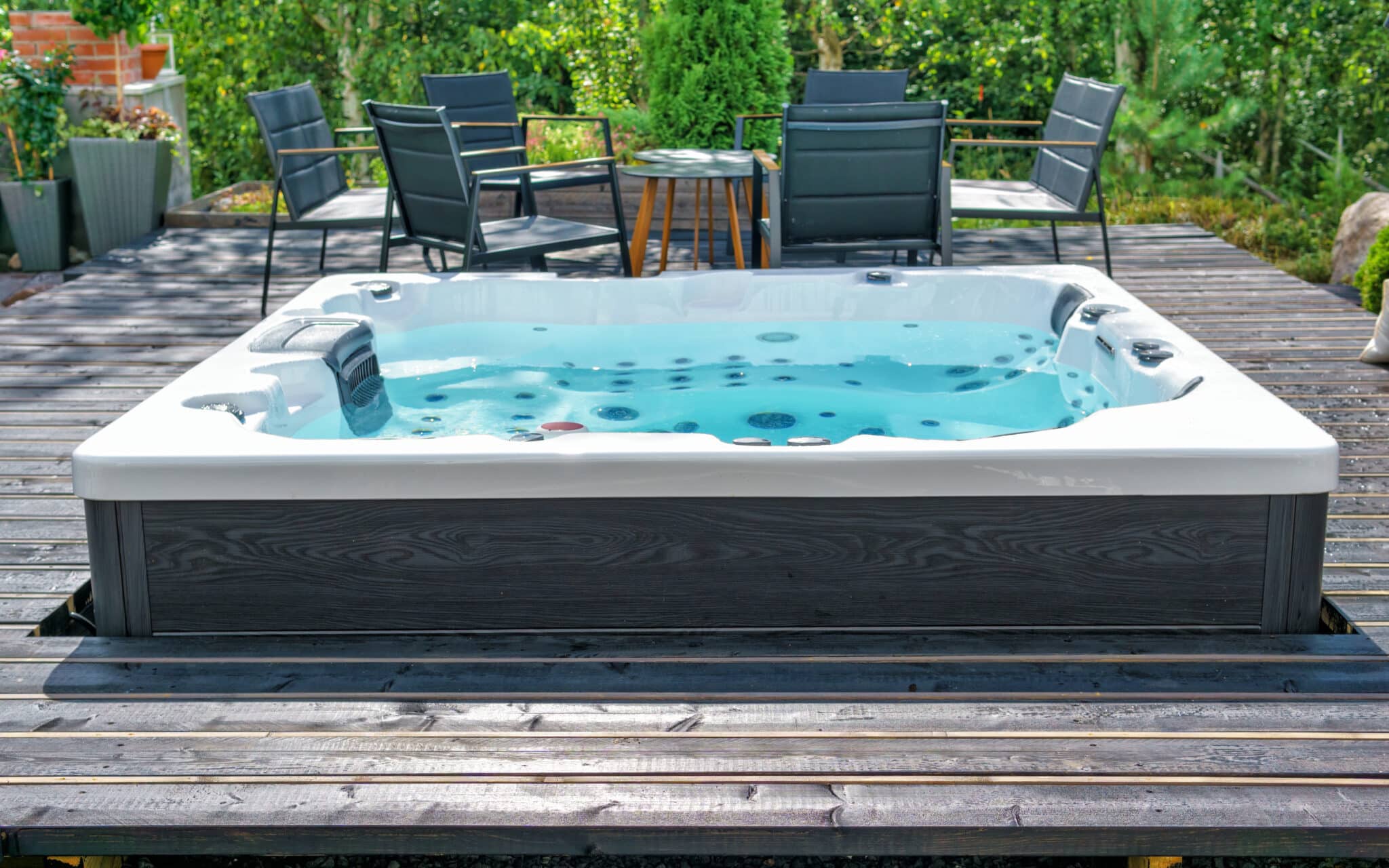
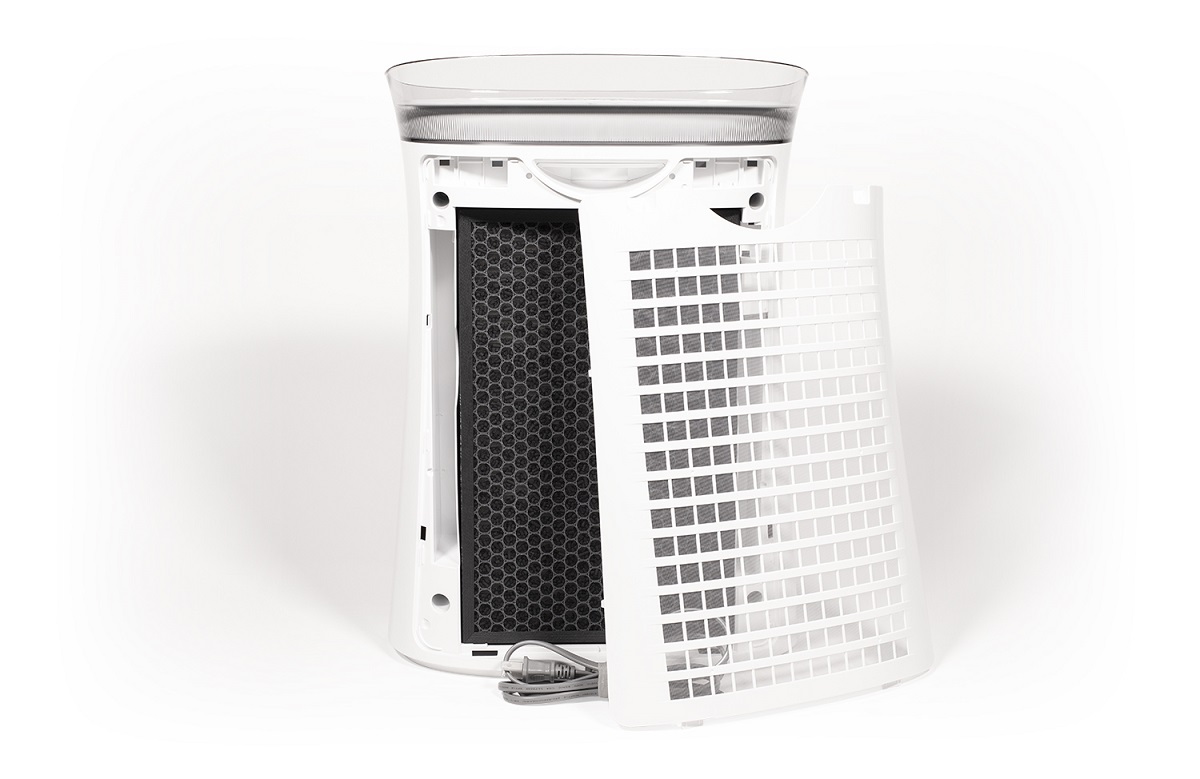
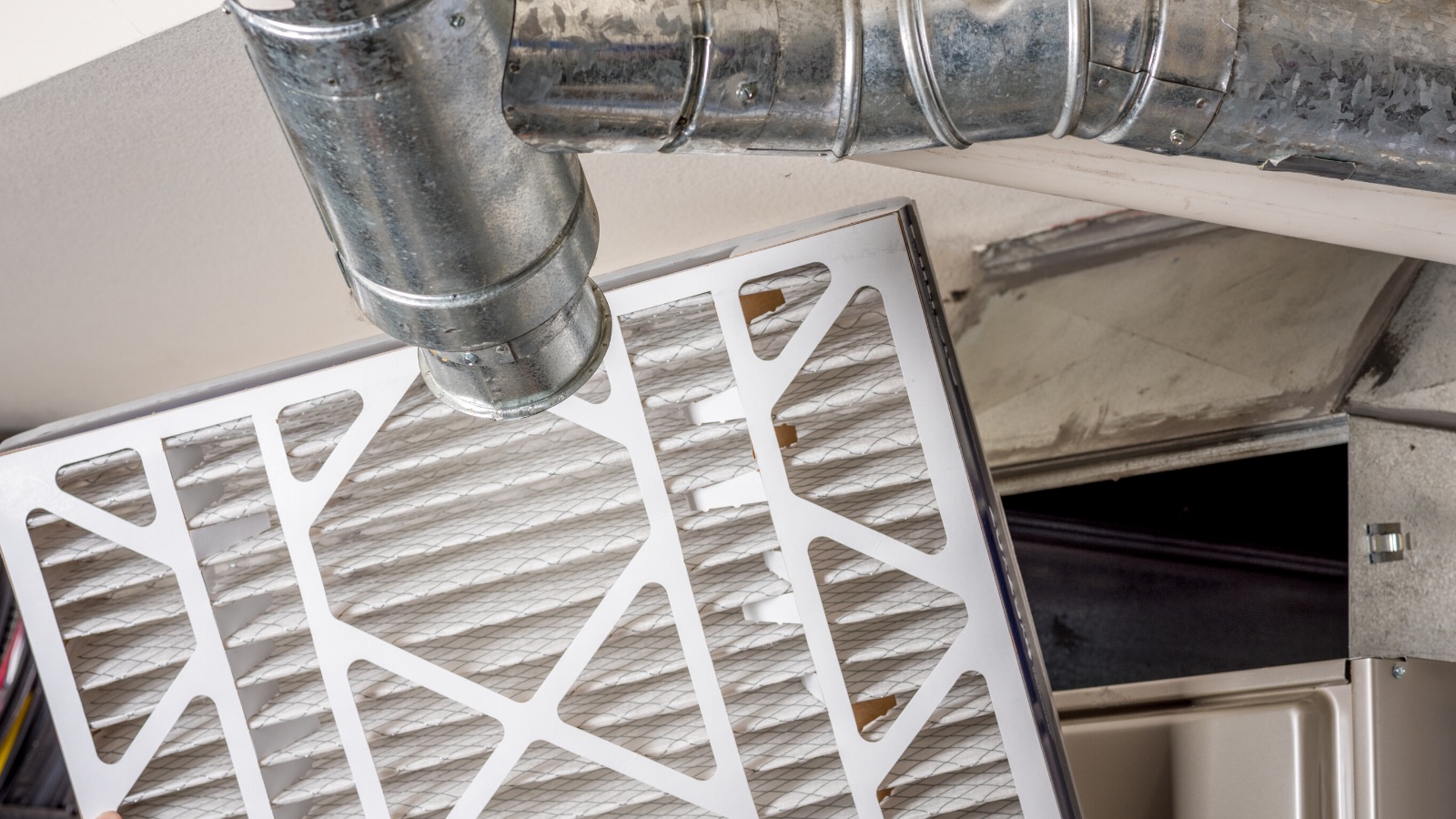
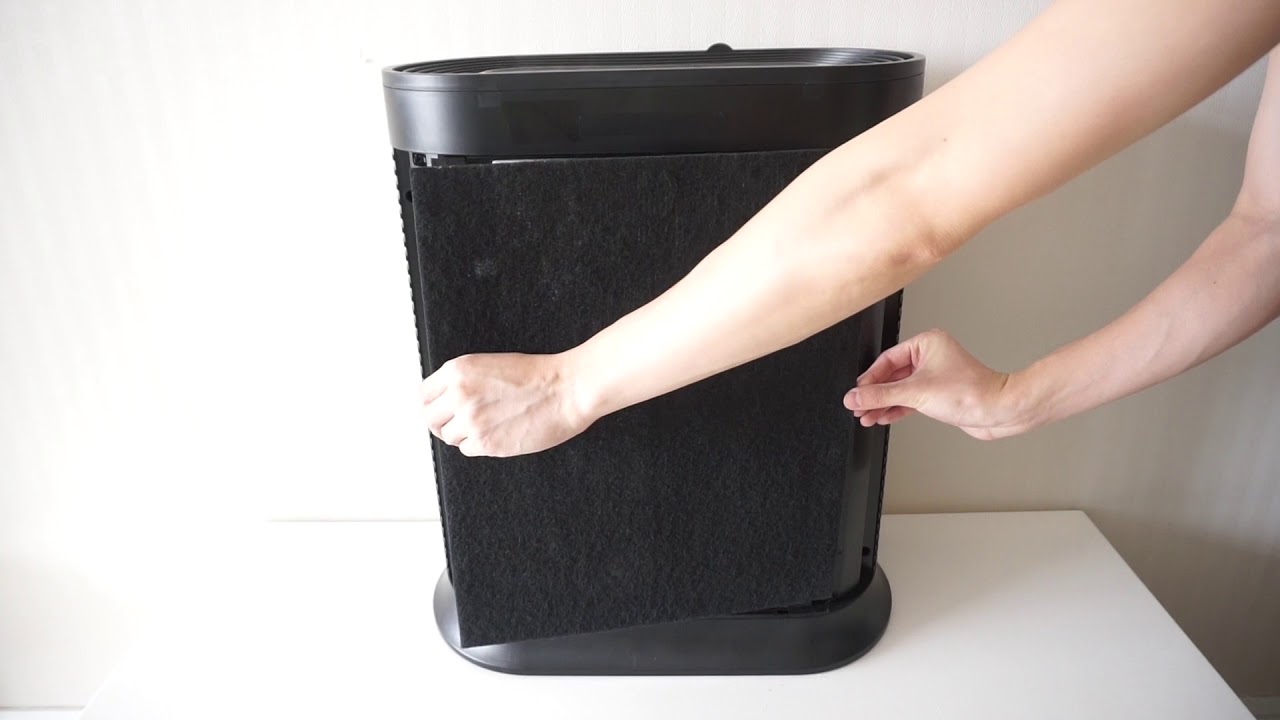
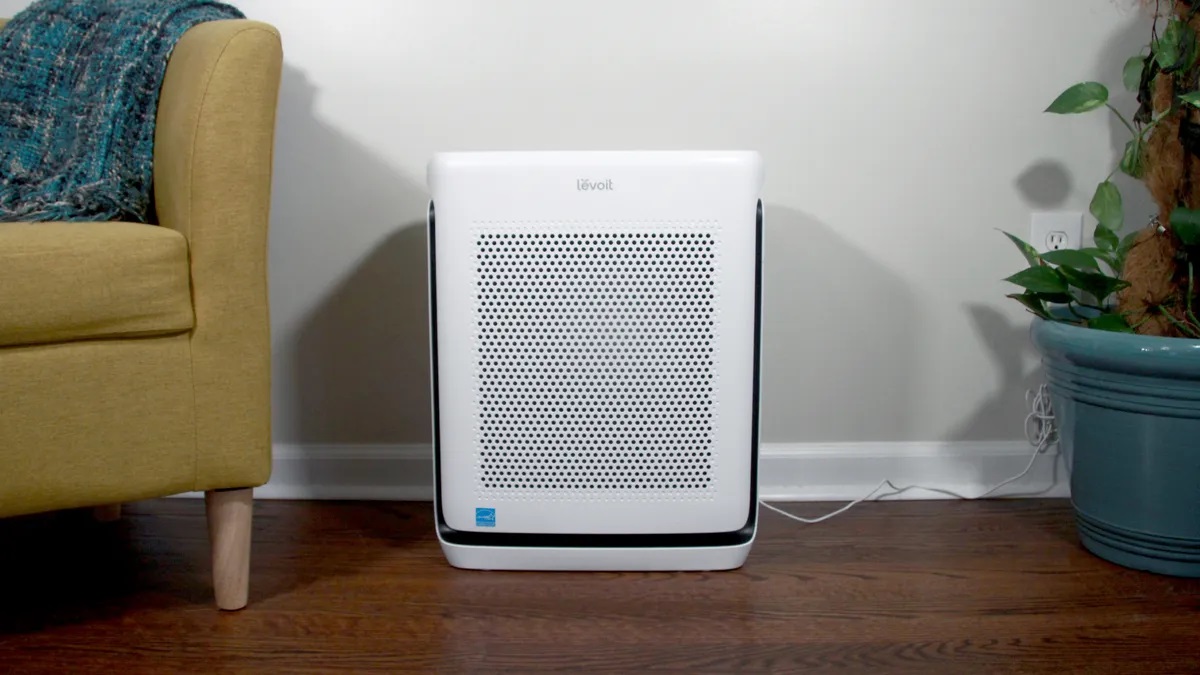
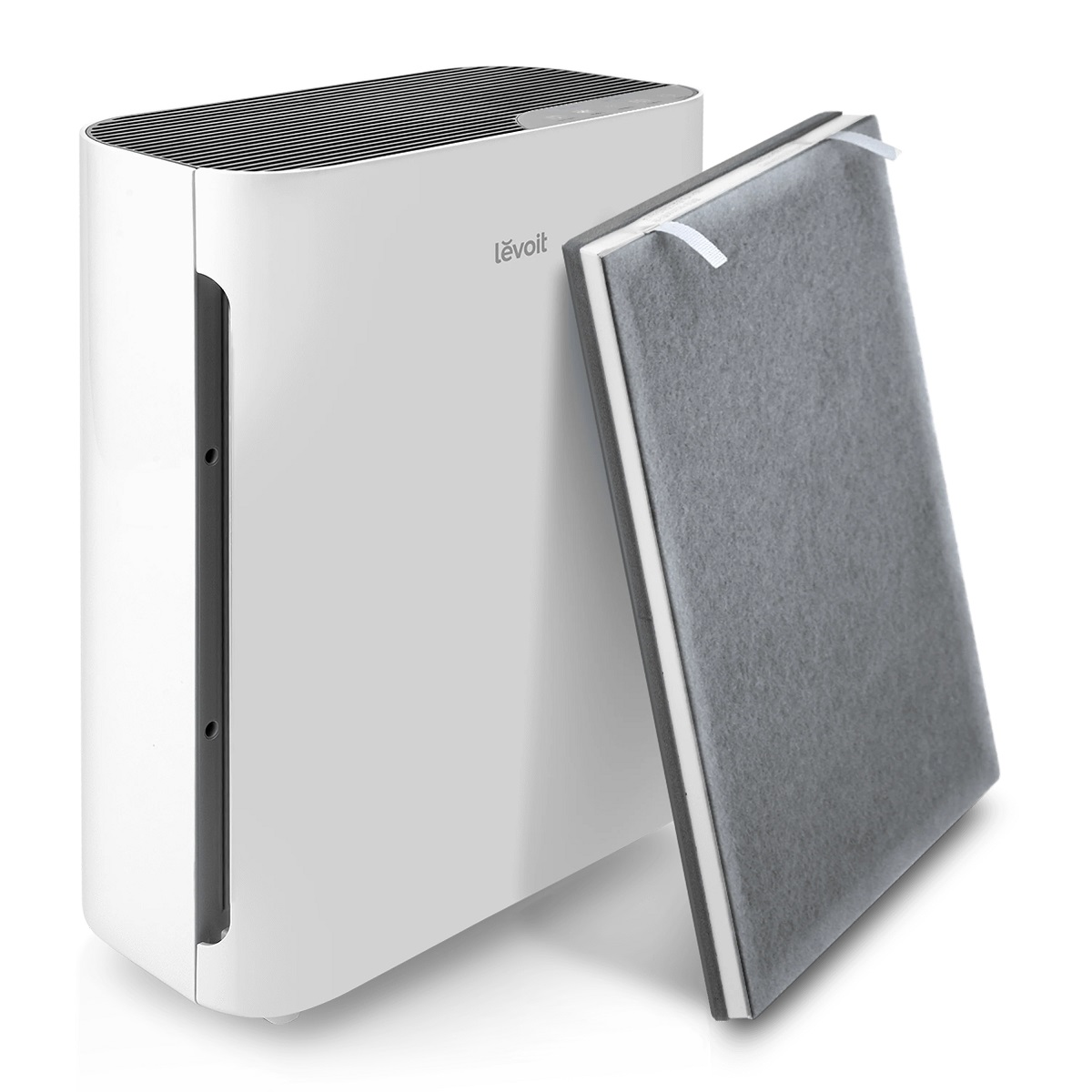

0 thoughts on “How Often Do You Change Air Purifier Filters”